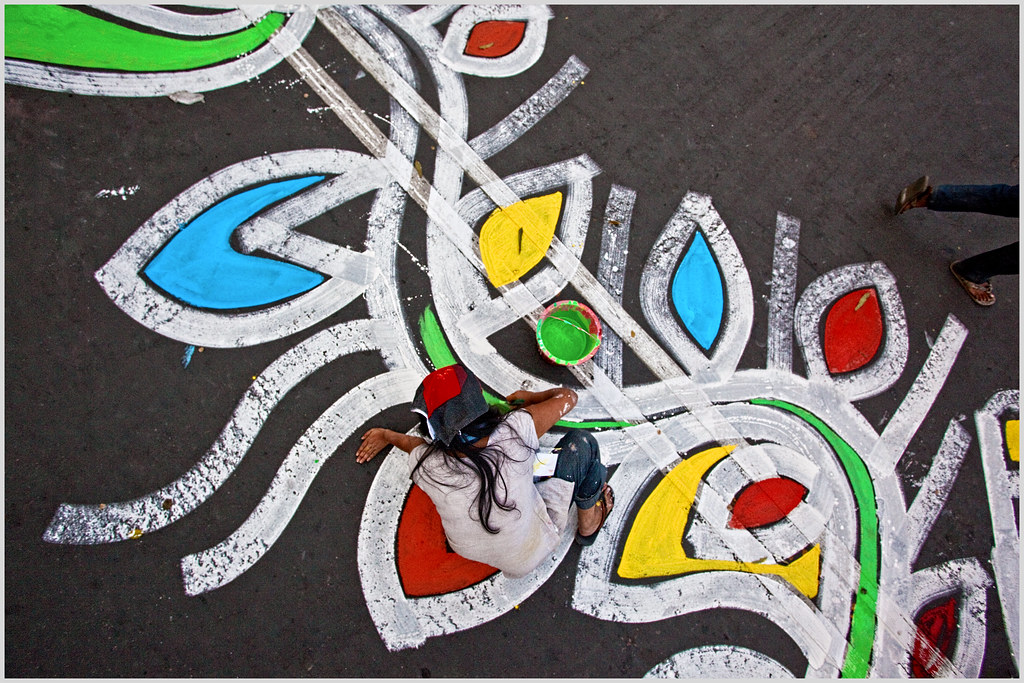
The Language Movement catalysed the assertion of Bengali national identity in Pakistan, and became a forerunner to Bengali nationalist movements, including the 6-point movement and subsequently the Bangladesh Liberation War in 1971. In Bangladesh, 21 February is observed as Language Movement Day, a national holiday. The Shaheed Minar monument was constructed near Dhaka Medical College in memory of the movement and its victims.
Located near the Dhaka Medical College in Dhaka, Bangladesh, the national monument known as Shaheed Minar, was established in memory of those who were killed during the 1952 Bengali Language Movement demonstrations. Set upon a fourteen foot high stage, the Shaheed Minar National Monument is constructed from columns of pure marble stone, with stairs and railings painted white and the fences on either side bearing lines of poetry penned by famous poets made out of iron letters. Two statues are placed at the entrance of the monument.

The Bengali Language Movement was formed as a political effort to advocate the recognition of the Bengali language as one of Pakistan’s official languages. At that time Bangladesh was East Pakistan and the Government of Pakistan had declared Urdu to be the sole national language, which the Bengali-speaking majority in the area objected to. In the face of rising sectarian tensions, the government put a ban on public meetings and rallies. Defying the ban, students of the University of Dhaka, along with other political activists, organized a protest to take place on 21 February 1952. Police opened fire on the protestors, resulting in dozens of deaths.
Two days later, students erected a makeshift monument at the site of the massacre in honor of those who had lost their lives. However, this was demolished soon after by the Pakistani police.














0 comments:
Post a Comment